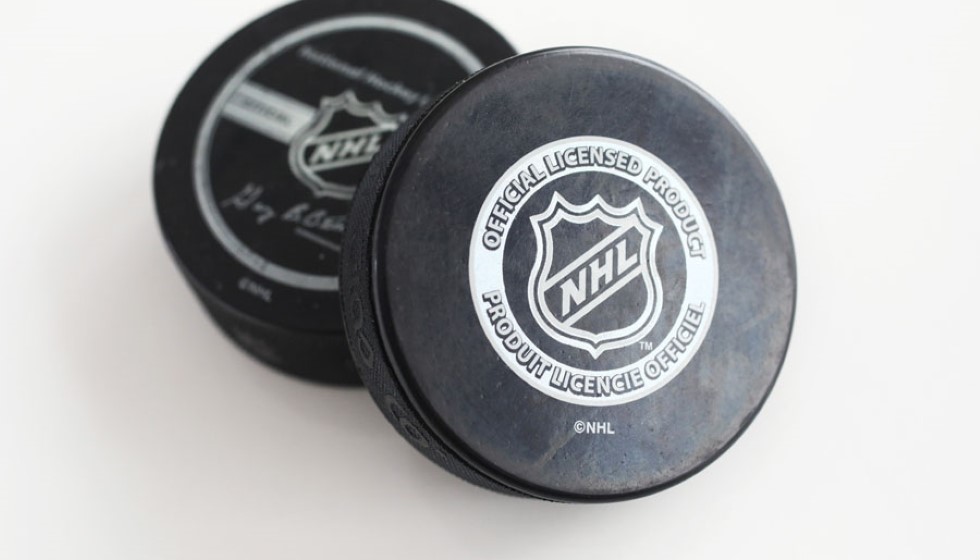
In a recent clash between the Toronto Maple Leafs and the New York Rangers, a notable encounter took place between veteran Ryan Reaves and newcomer Matt Rempe, spotlighting a long-standing and contentious aspect of hockey culture—the role of the enforcer. Rempe, at 6 feet 7 inches and weighing 240 pounds, has quickly made a name for himself in just seven NHL appearances, marked by a goal, an assist, and an arresting 37 minutes in the penalty box—an amount surpassing his total gameplay time by 5 minutes.
The Enforcer's Dilemma
Rempe, often dubbed an “enforcer” due to his physical style of play, embodies a role that has been both mythologized and criticized within the sport. This role, while glorified for the toughness and protection it supposedly lends to skilled players, has come under scrutiny, especially following the tragic deaths of enforcers like Derek Boogaard, Wade Belak, and Rick Rypien in 2011. These incidents have led to a deeper examination of the consequences of fighting in hockey, with studies suggesting a correlation between frequent fighting and Chronic Traumatic Encephalopathy (CTE), a brain condition associated with repeated head traumas.
NHL Commissioner Gary Bettman, however, has expressed skepticism about the direct linkage between fights in hockey and CTE, a stance that has sparked debate within and beyond the hockey community. Despite this, the role of the enforcer has been evolving, or diminishing, due in part to the rise of analytics in hockey. This shift towards a more statistics-driven understanding of the game has made it challenging for traditional enforcers, who are typically not the highest scorers nor the most agile skaters, to find a place in the modern NHL.
A Changing Landscape
As fighting in hockey has decreased, the game has arguably become faster and more captivating, moving towards an era that prioritizes skill and speed over physical altercations. This evolution reflects a broader trend towards inclusivity and safety in sports, with modern hockey aiming to balance its rich, physical heritage with the demands of contemporary audiences and an increasing awareness of athlete well-being.
Yet, fighting remains woven into the "code" of hockey, celebrated by some as a self-regulating mechanism that maintains respect among players. This perspective was echoed by TNT's NHL panel, particularly by Paul Bissonnette, who praised Rempe's traditional, physical approach to the game, including his readiness to "answer" for his actions on the ice—a gesture seen as aligning with the sport's old-school values.
Cultural Reflections
Rempe's emergence and the discussion around enforcers strike at a larger cultural conversation within the NHL, a league that recently found itself at the center of controversy beyond sports. An incident during the All-Star break in Florida involving a LinkedIn post about a career fair sponsored by the NHL led to public criticism from Florida Governor Ron DeSantis. His office condemned what it perceived as the league's support of discrimination, a claim that ignited further debate on the NHL's position within wider societal discussions.
Some within the hockey community argue that enforcers like Rempe play a crucial role in keeping the game safe by policing it internally, potentially deterring other types of infractions. Others contend that the presence of such players might instead sow further discord. Either way, the conversation around enforcers, their impact on the game and their role within the broader cultural landscape of sport remains significant.
The debate over the place and purpose of enforcers in hockey reflects not just a sports issue but a societal quandary. Definitions of fairness, safety, and respect on the ice intertwine with larger conversations about violence, entertainment, and the future of traditional roles in modern arenas. As the NHL continues to evolve, so too will its treatment of these complex issues, with players like Rempe at the heart of its ongoing transformation.
This transformation hints at an ongoing balancing act: honoring the storied history and raw physicality that have defined hockey, while navigating the shifts in social consciousness and scientific understanding that challenge the sport to adapt. As the NHL strides into the future, it does so with the weight of its past, the scrutiny of its present, and the uncertainty of its role in the greater cultural battles played out in arenas far beyond the ice.